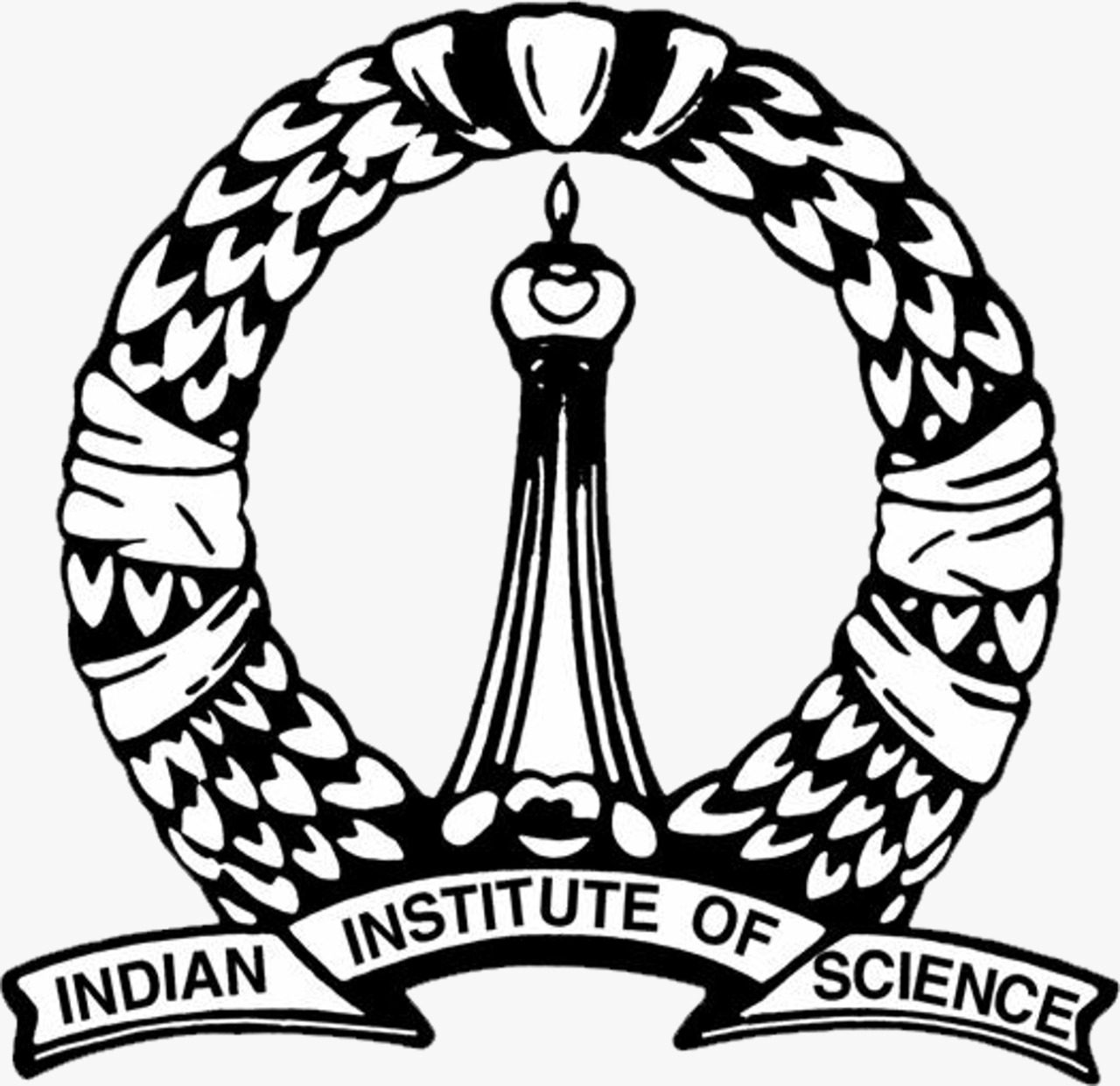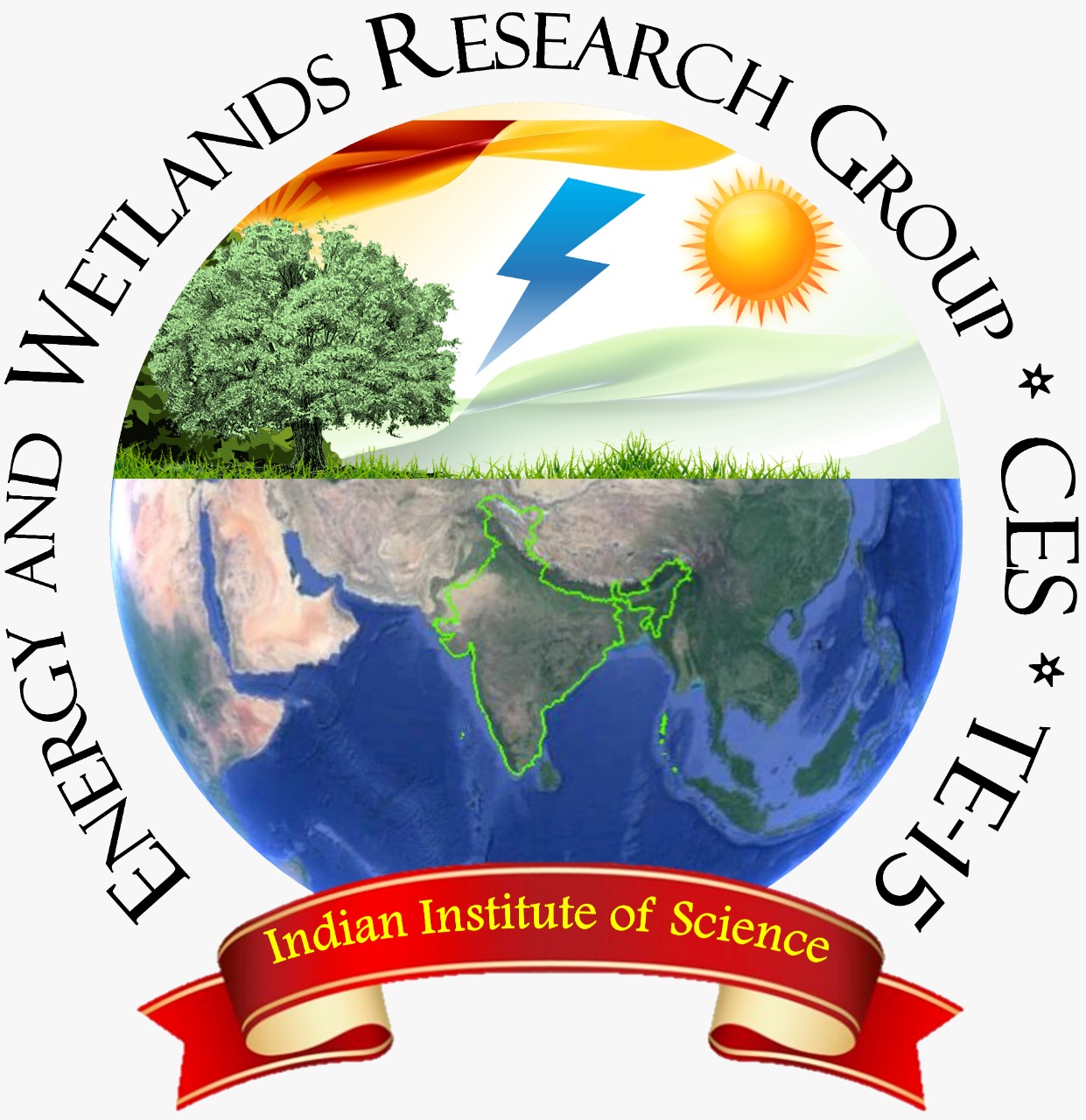
|
Third-generation bioethanol: status,
scope, and challenges
|
 |
Deepthi Hebbale1,2 T.V. Ramachandra1,2,3
1 Energy and Wetlands Research Group, Centre for Ecological Sciences [CES],
2 Centre for Sustainable Technologies (astra)
3 Centre for infrastructure, Sustainable Transportation and Urban Planning [CiSTUP]
Indian Institute of Science, Bangalore – 560012, India.
|
Conclusion
Macroalgal species with the higher carbohydrate content is
vital for bioethanol production. Algal biomass consists of
carbohydrates in the form of structural (cellulose) and
storage (starch) polysaccharides, hydrolysis of these
polysaccharides results in monosaccharides (fermentable
sugars) which serve as substrate for fermentation.
Pretreatment using chemical and biological method is
prerequisite for ethanol production. Wild bacterial/fungal
strains are explored for enzyme production having higher
catalytic activity. Fermentative efficiency of wild yeast
strain Pichia kudriavzevii in fermenting macroalgal
biomass was elucidated with a case study using green
macroalgae E. intestinalis. Macroalgal biomass in
addition being a viable feedstock for bioethanol production,
there is scope for utilization of different by-products as
well as high value-added products. Bioethanol production
would address the growing needs of the transportation
sector, helps in mitigating GHG footprint in the
transportation sector and ensures the strategic energy
security of the nation. Judicious use of feedstock
(macroalgae, agricultural residues) would aid in lowering
import burdens, while empowering rural women with the
sustainable livelihood through integrated approaches in
fishery, etc
Acknowledgement
The authors are grateful to (i)
ISRO-IISc Space Technology Cell [ISTC/BES/TVR/389] (ii)
Gajanana and Madhavi Hegde [CES/TVR/GJH001] endowment for
biofuel research for the financial support and (iii) the
NRDMS Division, Ministry of Science and Technology,
Government of India [CES/TVR/DST1045]; (iv) Indian Institute
of Science [R1011] for the infrastructure support and
colleagues at EWRG, IISc field station, Kumta for assistance
during the field sampling.
|
|
Citation :Deepthi Hebbale and T.V. Ramachandra, 2022. Third-generation
bioethanol: status, scope, and challenges, 19th Chapter, In: Sanjay Sahay (Eds),
Handbook of Biofuels, Elsevier- Academic Press, UK, Pp 295-309
|